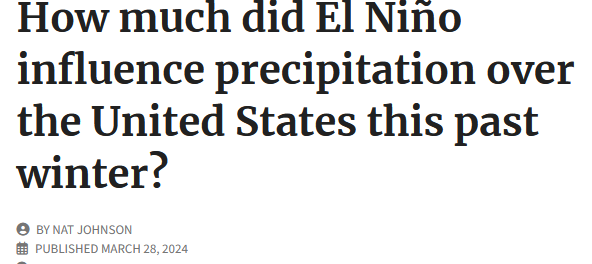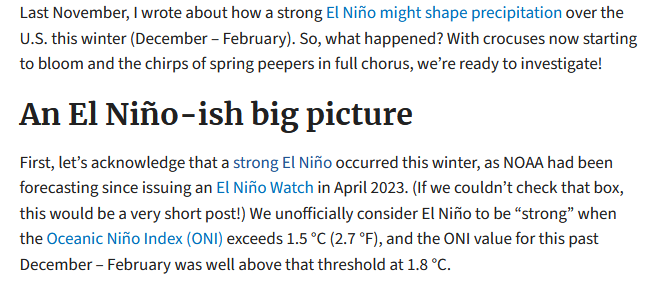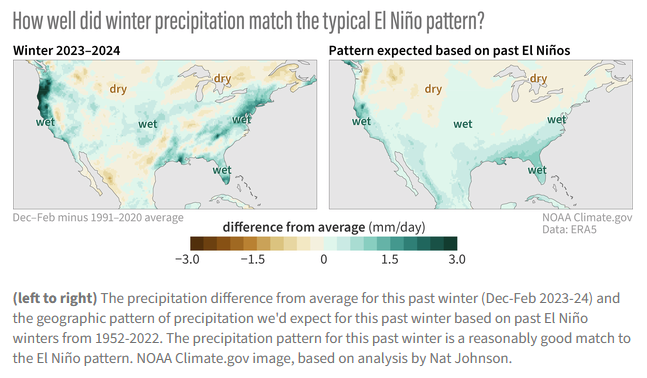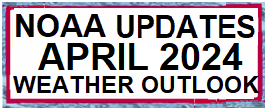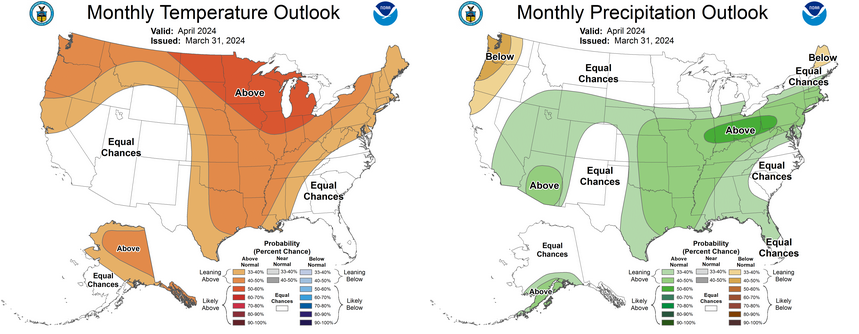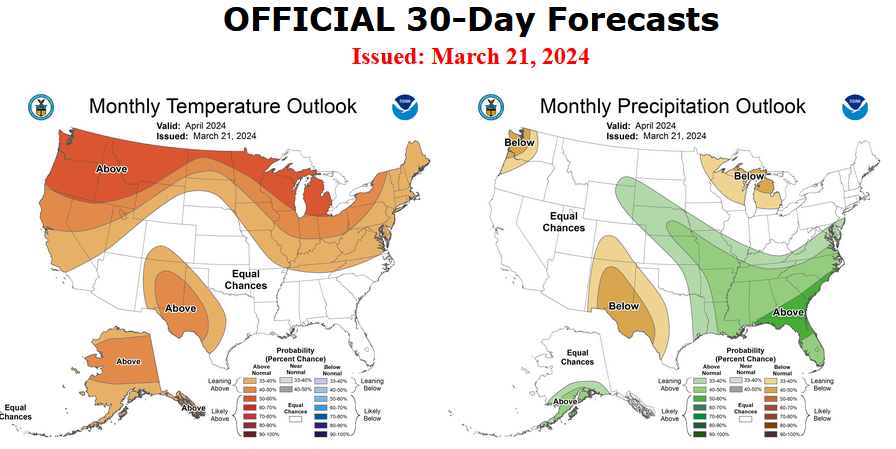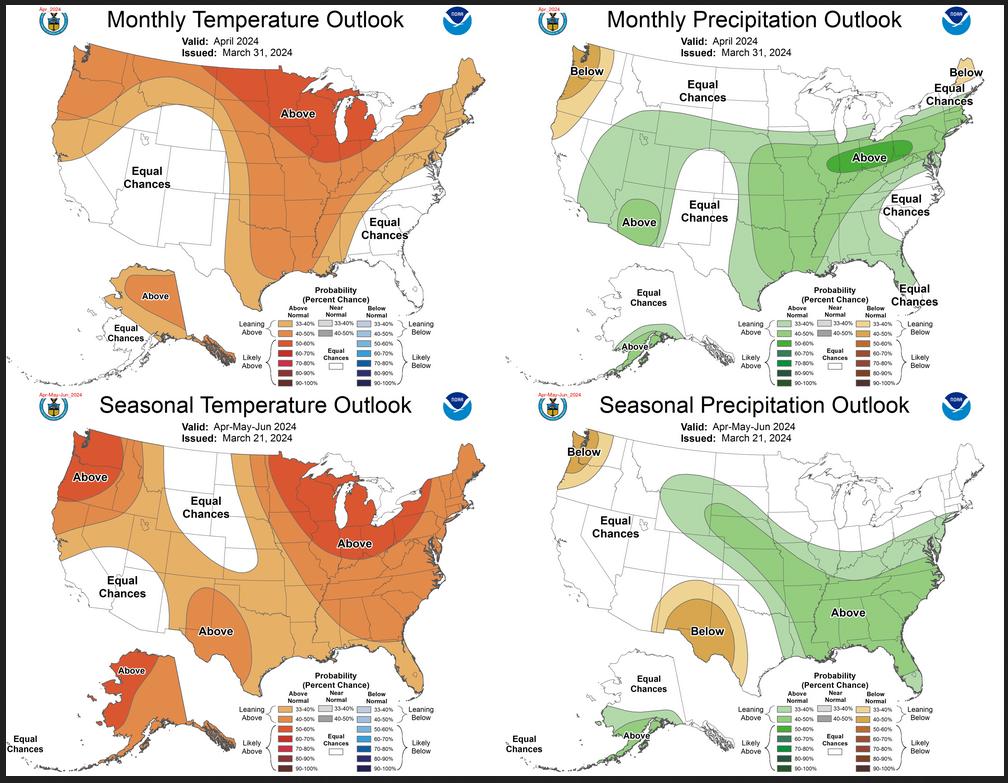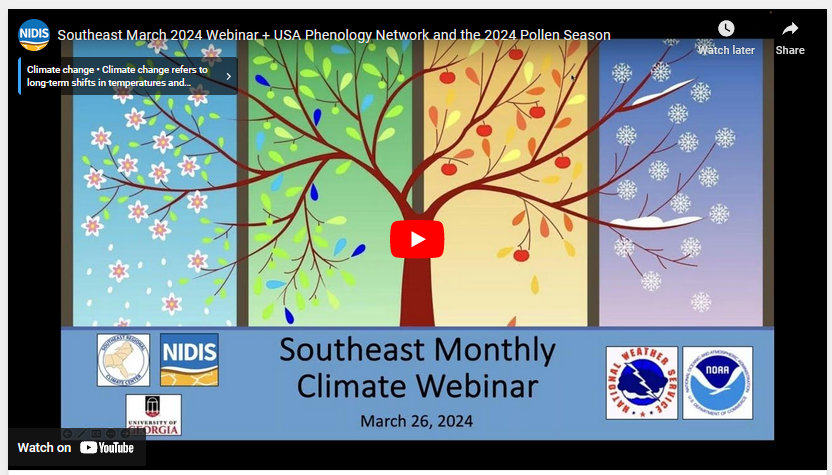Today Through the Fourth Friday (22 to 28 days) Weather Outlook for the U.S. and a Six-Day Forecast for the World: posted April 6, 2024
It is difficult to find a more comprehensive Weather Outlook anywhere else with the ability to get a local 10-day Forecast also.
This article focuses on what we are paying attention to in the next 48 to 72 hours. The article also includes weather maps for longer-term U.S. outlooks and a six-day World weather outlook which can be very useful for travelers.
First the NWS Short Range Forecast. The afternoon NWS text update can be found here but it is unlikely to have changed very much. The images in this article automatically update.
Short Range Forecast Discussion
NWS Weather Prediction Center College Park MD
Sat Apr 06 2024
Valid 12Z Sat Apr 06 2024 – 12Z Mon Apr 08 2024…Winter Storm to develop over the northern High Plains and nearby
foothills of the Rockies with high winds possible later today into
Sunday……Severe thunderstorms possible later today across the central Plains,
shifting toward the Mississippi Valley on Sunday……High winds will impact much of the High Plains today, reaching into the
Great Plains on Sunday……Critical Fire Weather Risk continues over Central/Southern High
Plains……Warm weekend ahead for Central U.S.; East and West Coasts remain below
average…A low pressure system currently intensifying over the central High Plains
will be the focus of high winds, severe thunderstorms, and snow across the
mid-section of the country for the remainder of the weekend. The
highly-amplified upper trough that has ushered a fresh dose of cold air
into much of the western U.S. will continue to support mountain snow today
from the Great Basin to the Four Corners and up across the northern and
central Rockies. Meanwhile, the tight pressure gradient ahead of a potent
cold front will bring high winds across much of the central and southern
High Plains today. As the low pressure system intensifies further over
the central High Plains, the focus of the snow will gradually lift toward
the northern High Plains by tonight ahead of a nearly stationary front.
The snow is expected to become heavy from near the foothills of the
northern Rockies to the northern High Plains later today and into Sunday.
Anywhere between 6-12 inches of snow is possible with 1-2 feet more likely
at higher elevations (Big Horns, Shirley, Laramie Mountains). The winds
just behind the intense low pressure center will likely become very strong
and gusty, possibly resulting in blizzard conditions in these areas. The
strongest winds could occur near the foothills of northern Colorado where
winds could be damaging at times from Saturday night into early Sunday.
Farther south, the persistently dry downslope winds from the Rockies will
keep fire danger from critical to locally extreme levels across the
central to southern High Plains through the next couple of days.On the warm side of the system, severe thunderstorms are possible ahead of
the intensifying low pressure system and the associated potent cold front
across the central Plains, mainly later today and into early on Sunday.
Sunday night should see the heavy snow and high winds to begin winding
down across the northern High Plains as the low pressure system weakens
and slowly moves farther to the east. Showers and thunderstorms are
expected to expand farther east into the upper Midwest and farther south
into the Mississippi Valley along the cold front.Meanwhile, more snow showers are expected to continue today from the
central Appalachians up through the lower Great Lakes and interior
Northeast/New England as the circulation of a huge nor’easter will be slow
to exit into the Atlantic. An additional few inches of new snow with
locally up to 6 inches is possible across northern New England today
before sunshine returns on Sunday. High temperatures will remain below
average along the East Coast into Monday morning thanks to the cloudiness.
Meanhwile, a pronounced ridge will support warmer than average
temperatures across the Great Plains and Mississippi Valley this weekend.
In contrast, northern New England will wake up to temperatures in the 20s
Monday morning with clearing skies while southern Texas will be under
considerable cloudiness prior to the total solar eclipse.


